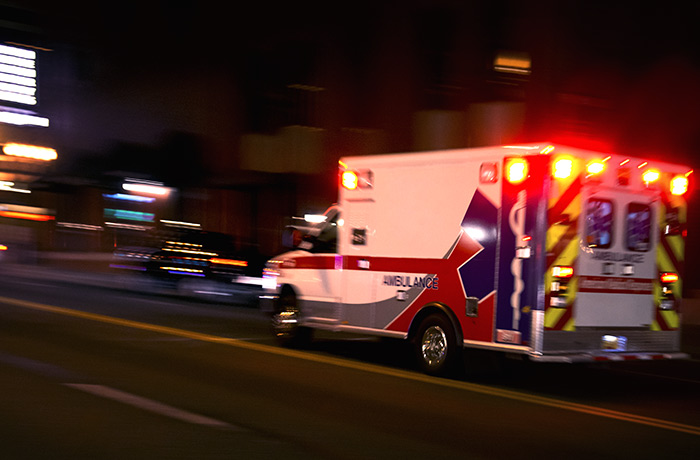
Would you know what to do in a medical emergency? About 1.5 million heart attacks and strokes occur every year in the US. Both health conditions are considered life-threatening emergencies and both are among the leading causes of death in America.
Heart attack and stroke are caused by interruptions to normal blood flow to the heart or brain. Without access to oxygen-rich blood and nutrients, heart or brain cells begin to malfunction and die. That’s why learning all you can about these serious conditions is critical.
“Recognizing the signs of stroke and heart attack is important, but calling 911 right away if you suspect you or someone you know may be experiencing either event is even more crucial,” said Sandip Kothari, MD, emergency department physician at Holland Hospital. “When it comes to treating a heart attack or stroke, time is everything. So above all, do not drive yourself or a loved one to the hospital.”
Heart Attack or Stroke: What to Look For
According to the Centers for Disease Control and Prevention (CDC), someone dies from a heart attack about every 90 seconds, and stroke claims a life about every four minutes nationwide. Prompt medical attention could not only help prevent many of these deaths, but also limit permanent damage to the mind and body. If you notice any of the signs and symptoms below, do not delay. Dial 911 immediately, so treatment can begin ASAP.
Heart Attack Signs
Signs of heart attack may include:
- Discomfort or pain in the chest
- Lightheadedness/dizziness, nausea or cold sweat
- Jaw, neck or back pain
- Pain in one or both arms or shoulders
- Shortness of breath
“Men and women often have similar heart attack symptoms, but sometimes women can have more nontraditional signs,” Dr. Kothari said. “They may feel extremely exhausted, have indigestion or nausea, or just don’t feel quite right and aren’t sure why.”
Stroke Signs
To help you spot the signs of stroke, experts recommend you remember BEFAST:
B = Balance: Sudden loss of balance or coordination
E = Eyes: Sudden trouble seeing out of one or both eyes
F = Face: Sudden drooping of one side of the face
A = Arms: Sudden weakness or numbness in one arm
S = Speech: Sudden trouble speaking or confusion
T = Time: Call 911 immediately if you notice any of these signs
Three Small Numbers, One Profound Difference
Whether it’s a stroke or heart attack, quick action is essential to survival and recovery. Emergency medical responders have medicines, procedures and devices that can help diminish heart and brain damage. For example, the clot-dissolving drug called tPA (recombinant tissue plasminogen activator) can reverse or significantly reduce the harmful effects of the most common type of stroke (ischemic) in some patients when administered within four and a half hours of symptom onset.
“Even if you’re unsure, don’t be embarrassed or hesitate to call 911,” Dr. Kothari added. “You shouldn’t reach for your car keys, or ask your spouse, family member or friend to drive you. Emergency professionals have the right training to evaluate and treat your symptoms fast, and that could mean the difference between life and death.”
With nearly 41,000 visits every year, Holland Hospital delivers 24/7 emergency care you and your family can trust.